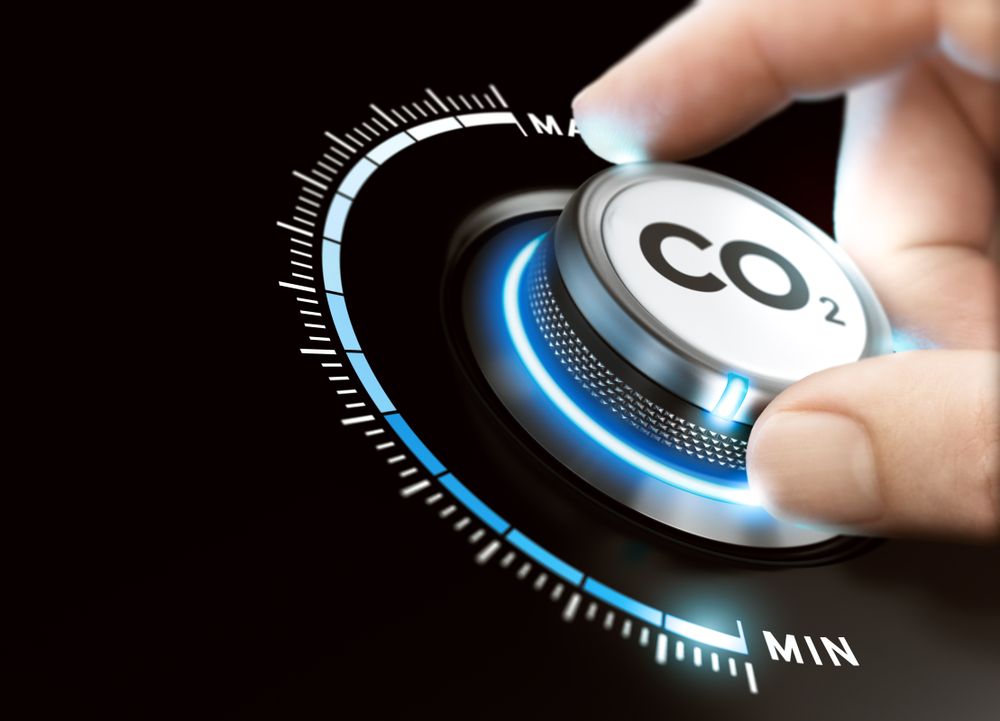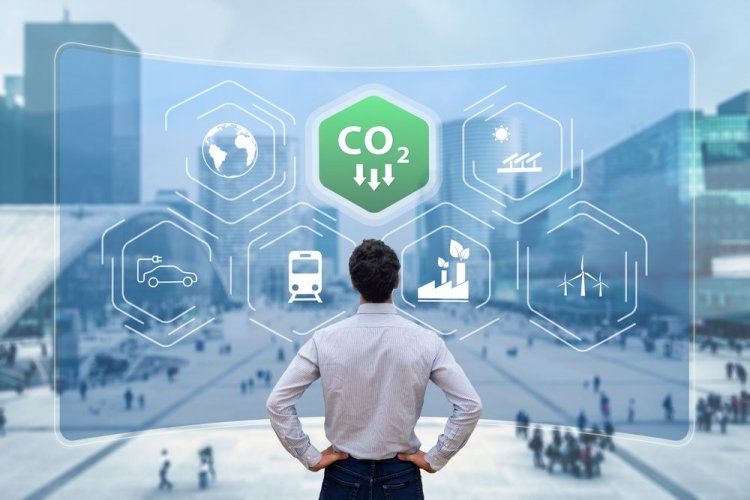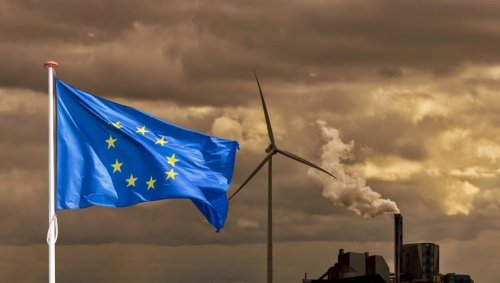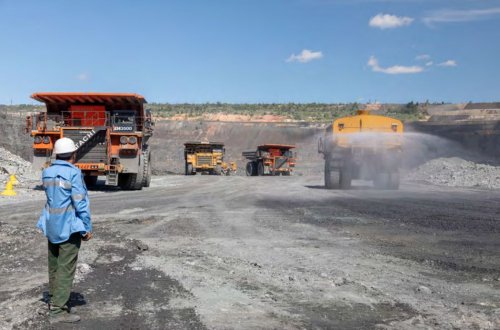The European Commission plans to significantly simplify bureaucratic procedures, in particular with regard to CBAM, accelerate the development of green energy, and introduce quotas for the purchase of climate-friendly goods.
POLITICO writes about this with reference to the text of the draft Clean Industrial Deal, which is available to the publication.
According to them, the document describes a grand strategy of the EU executive to unite the bloc's efforts to decarbonize and revive heavy industry. It also outlines the steps planned for the coming years.
The European Commission's strategy covers 6 main areas:
- reducing energy prices;
- creating demand;
- stimulating investment;
- ensuring access to key materials;
- work on global partnerships;
- retraining workers.
The drafters of the Agreement formulated its goal as follows: “To provide European industry with a stronger business case for large climate-neutral investments in energy-intensive industries and clean technologies.”
Stimulating demand for clean products
POLITICO reports that the Clean Industry Agreement is centered on measures to stimulate demand for climate-friendly “Made in Europe” products. This confirms the existing goal of producing 40% of key components of clean technologies in the EU within the bloc. Therefore, the draft document provides for the establishment of quotas to ensure the purchase of such goods by governments and other public authorities.
The draft Clean Industry Agreement provides for both “minimum local content requirements” and “sustainability and resilience criteria” to be established by legislation to be adopted later this year. It also states that the European Commission will revise EU public procurement rules in 2026 to “make European preference criteria a structural feature” for “strategic sectors”.
The new requirements will be applied not only to public contracts, but also to stimulate private procurement.
Simplification of CBAM procedures
In the draft Clean Industry Agreement, the European Commission proposes to “significantly simplify” its new border carbon duty under the Carbon Border Adjustment Mechanism (CBAM). European officials want to reduce the bureaucratic burden and will submit a legislative proposal next year.
The document also announces new Clean Trade and Investment Partnerships, which will combine regulatory cooperation and financial support.
They will “complement” the EU's free trade agreements with other countries “to develop strategic clean value chains with partners.”

Green light for green energy
Another key part of the strategy is to reduce energy prices and accelerate the introduction of cheaper green energy to replace fossil fuels.
The draft recommends that the EU electrify 32% of its economy by 2030, up from 23% today, and calls for 100 GW of new renewable electricity capacity to be built each year by the same deadline. To facilitate the implementation of such a plan, the European Commission proposes to adopt new legislation to speed up the issuance of permits for the use of renewable energy sources (RES).
The draft also promises “short-term assistance ... to improve the business case for cleaner production in the EU”. The plan states that the EU will provide money for these efforts, but the amount remains unclear, POLITICO reports.
In terms of state aid, the document promises simplified rules and separate support programs for specific technologies, such as wind and solar energy, as well as aid for cleaner production, such as batteries.
Carbon labeling of products
Another idea of the Agreement is a new labeling for industrial products that will indicate how much carbon dioxide was released into the environment during the production process. These labels will be voluntary. The European Commission promises to develop such labels for specific sectors, starting with steel, later this year.
The draft document states that this will not create an additional bureaucratic burden for industry, as the labeling will be determined based on existing carbon market data.
EcoPolitic covered the first details of the draft European Clean Industry Agreement in this article.





